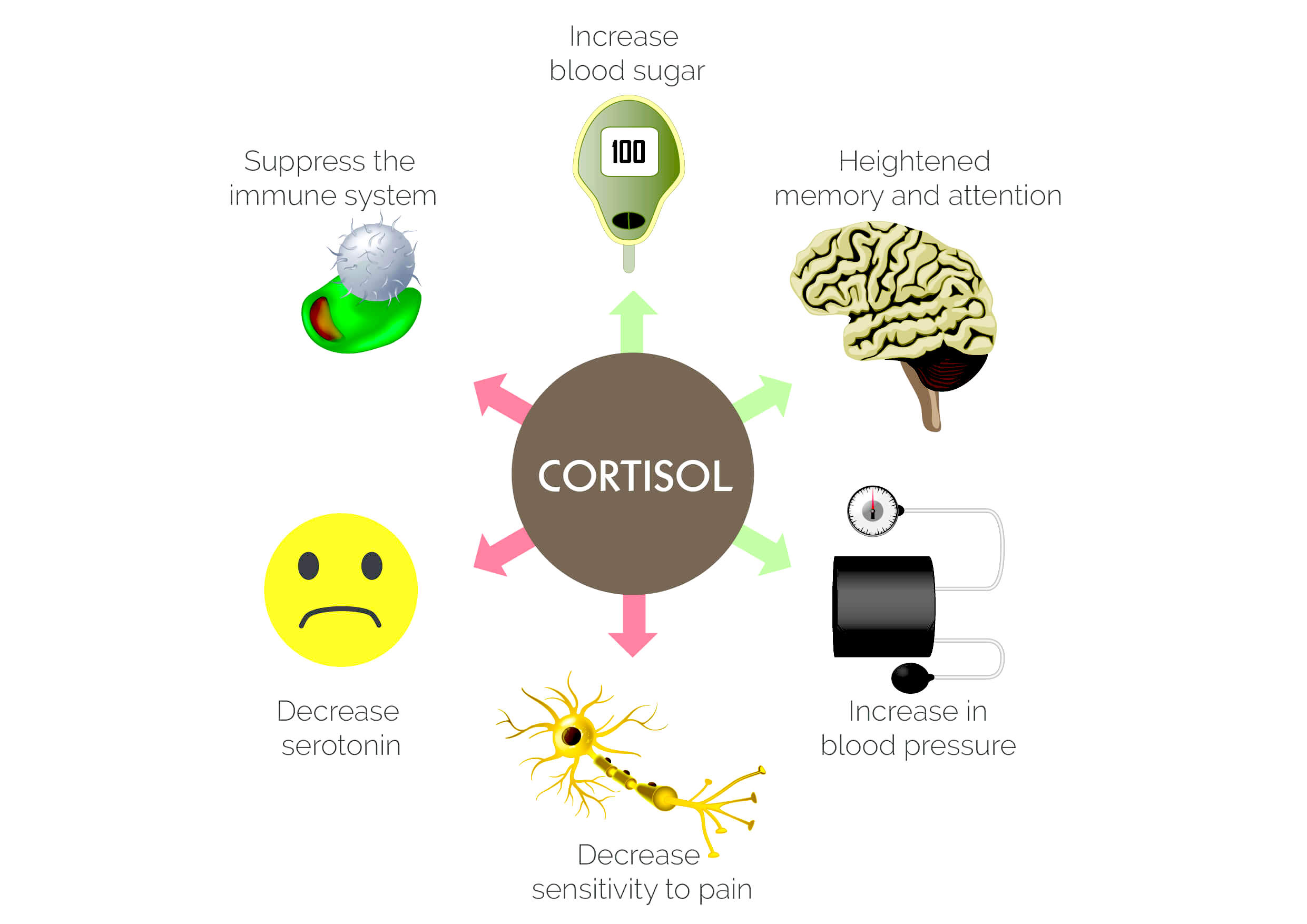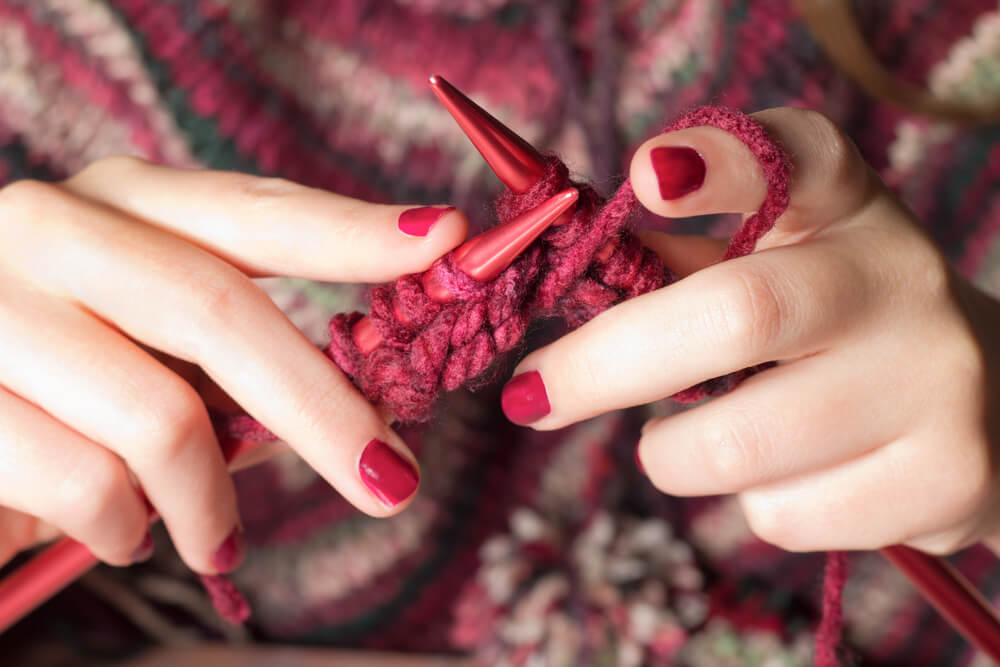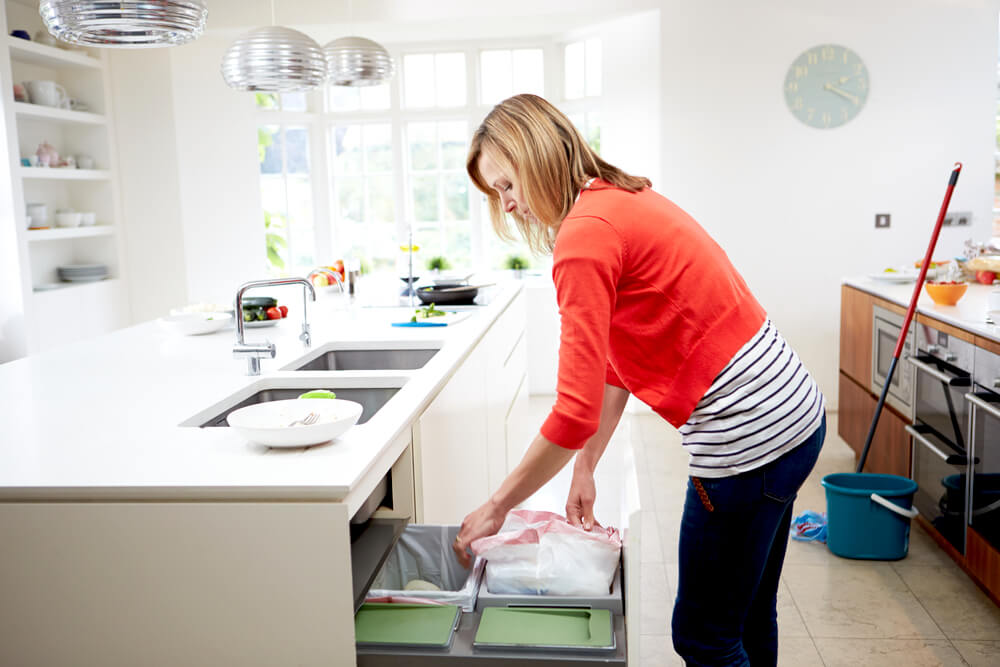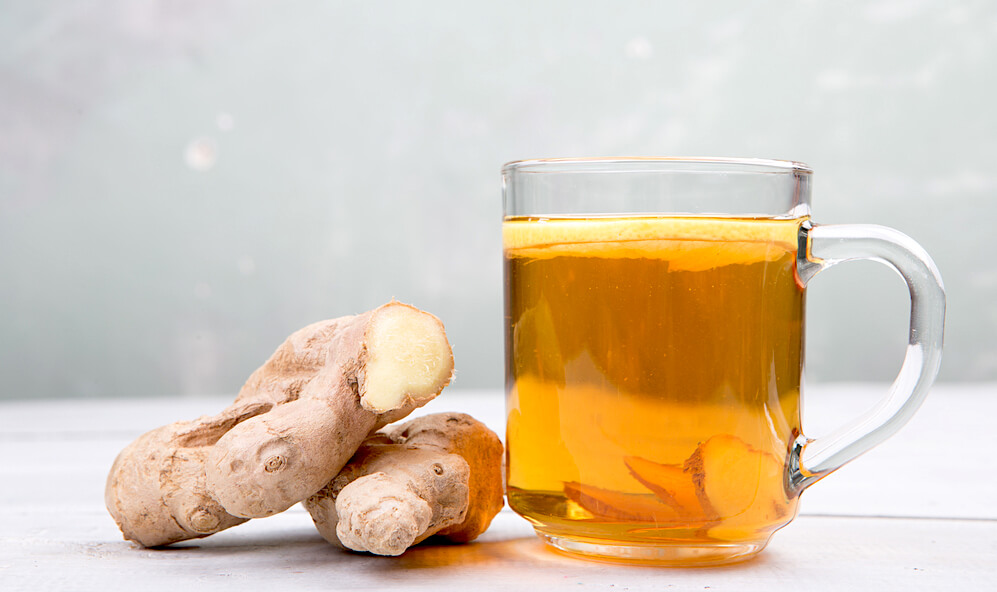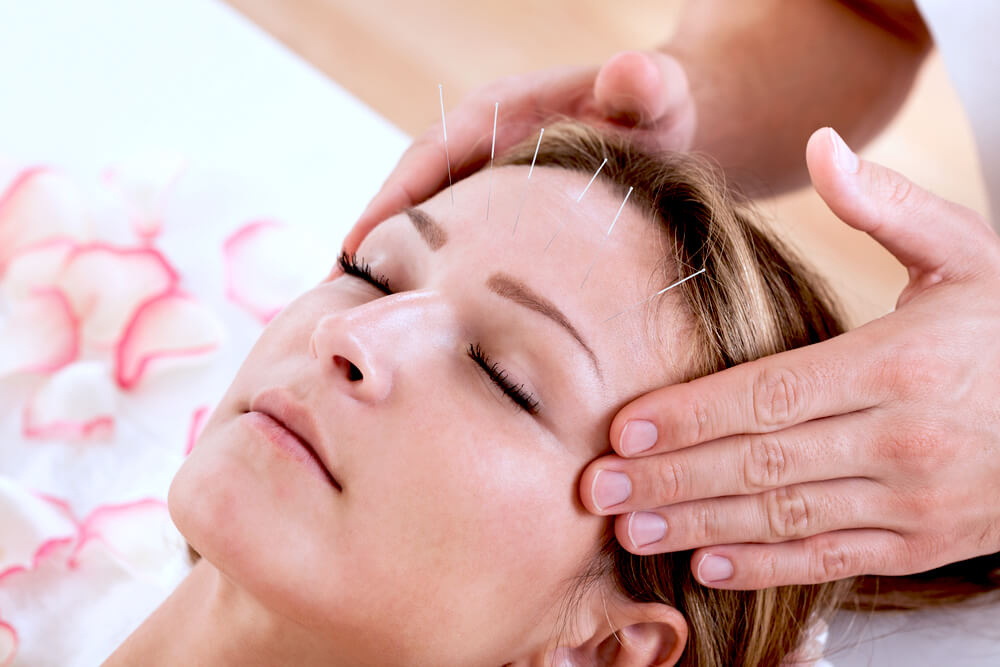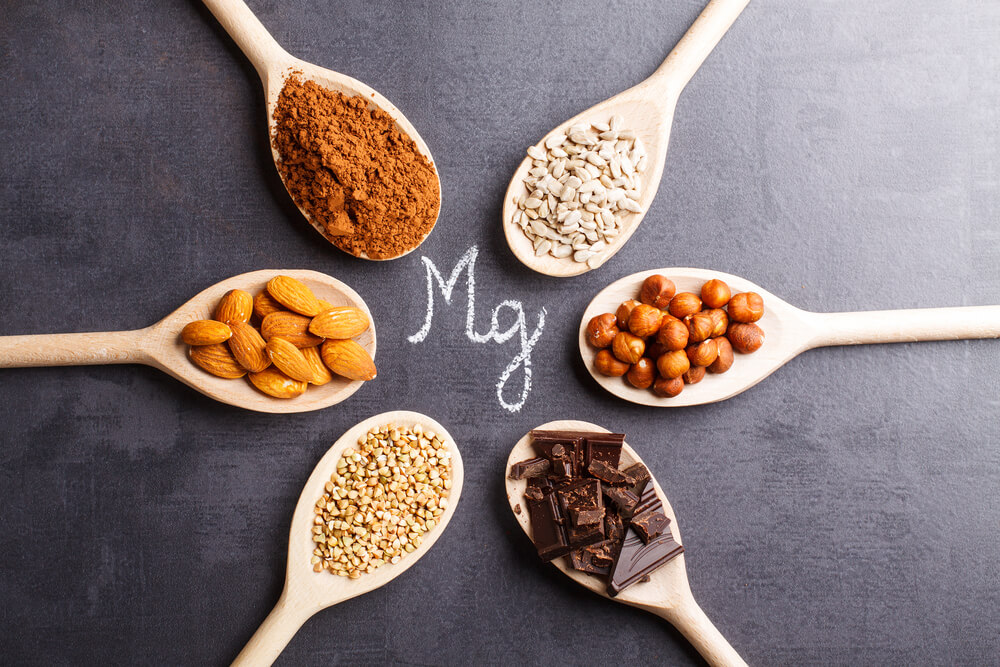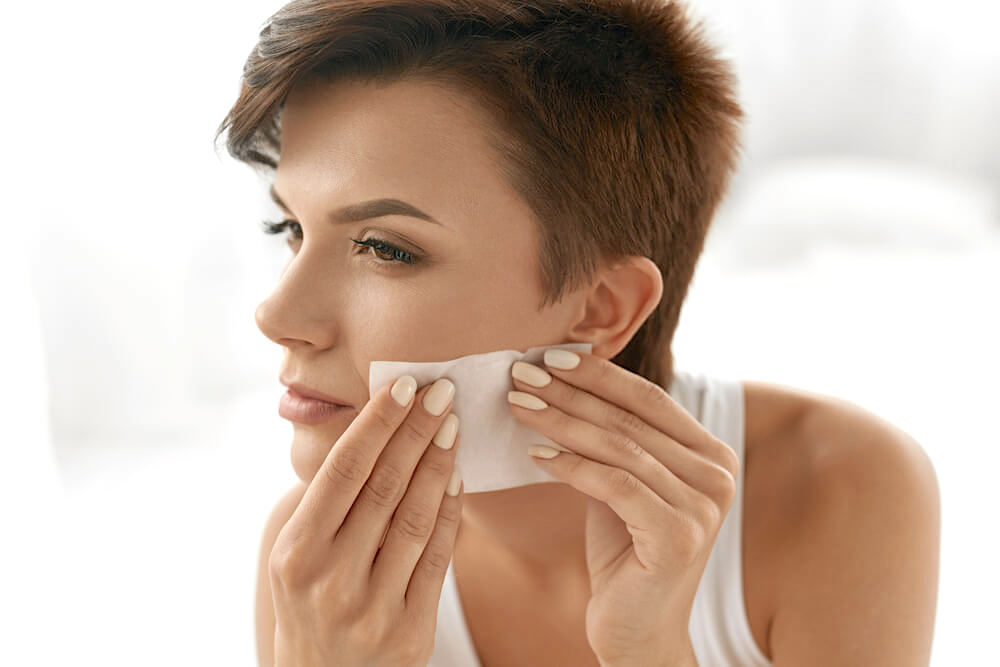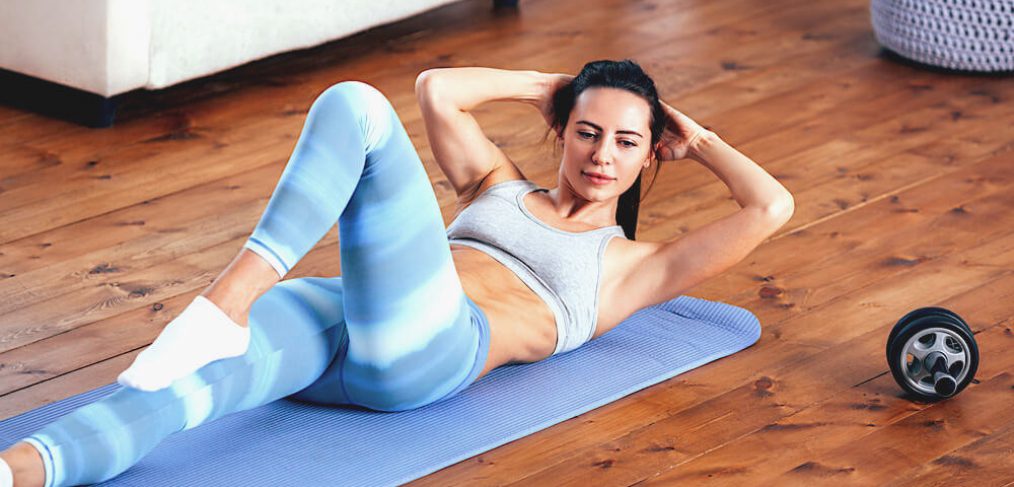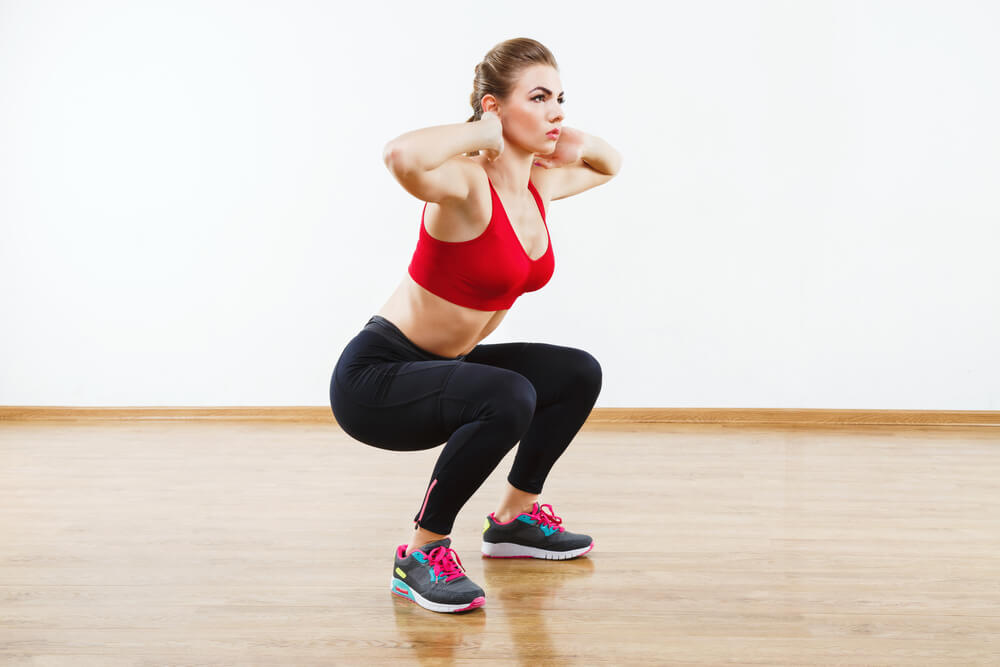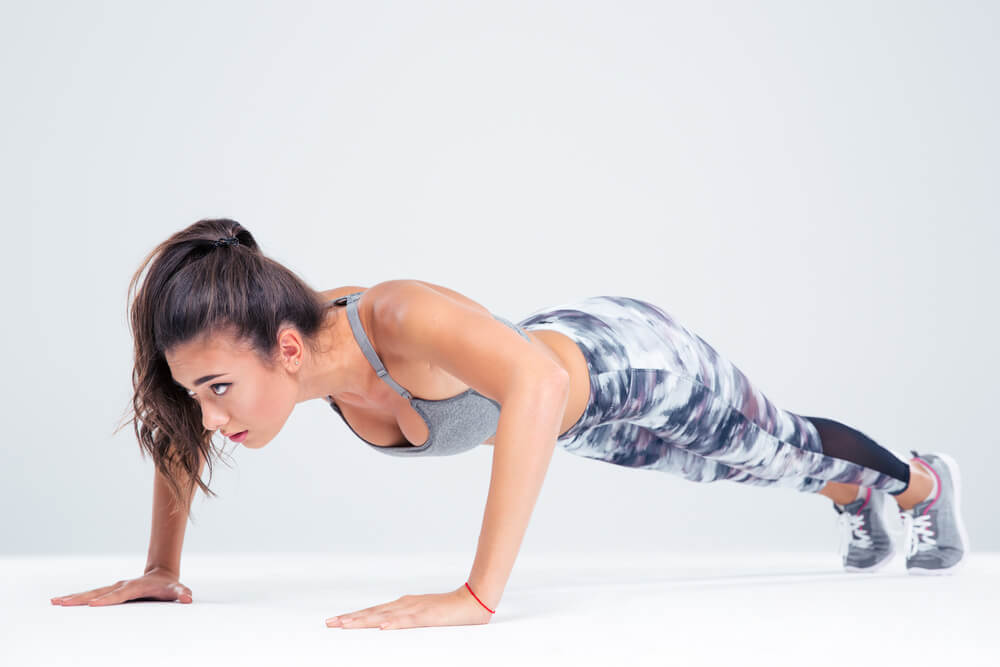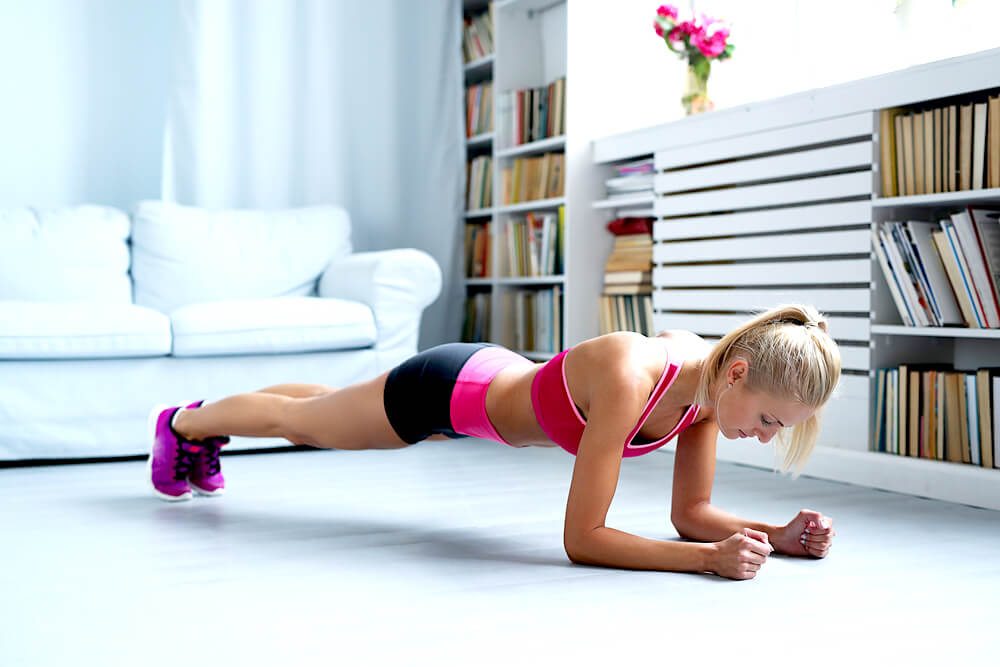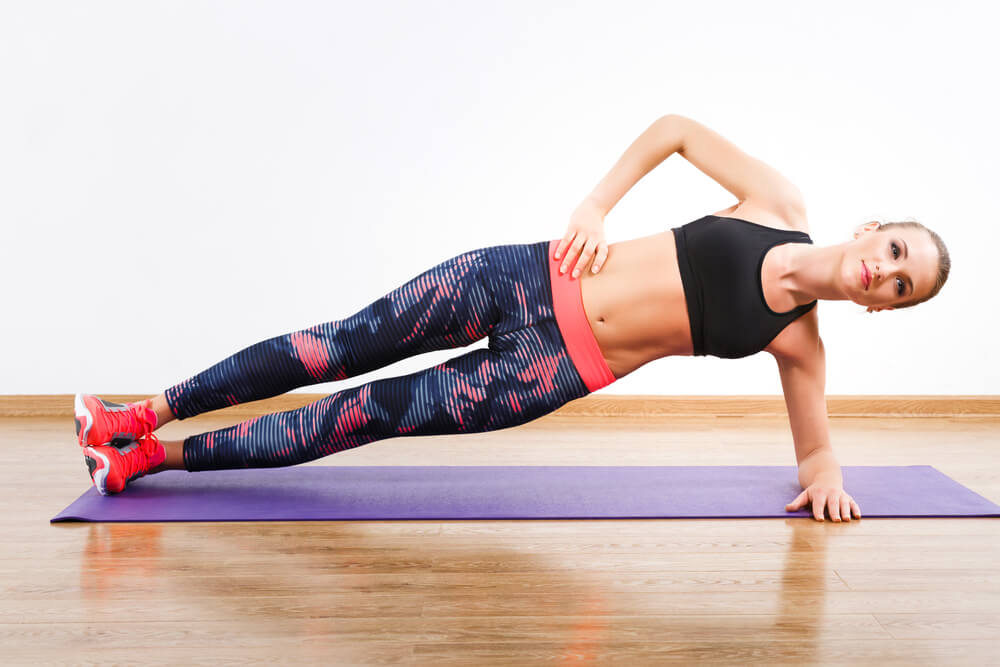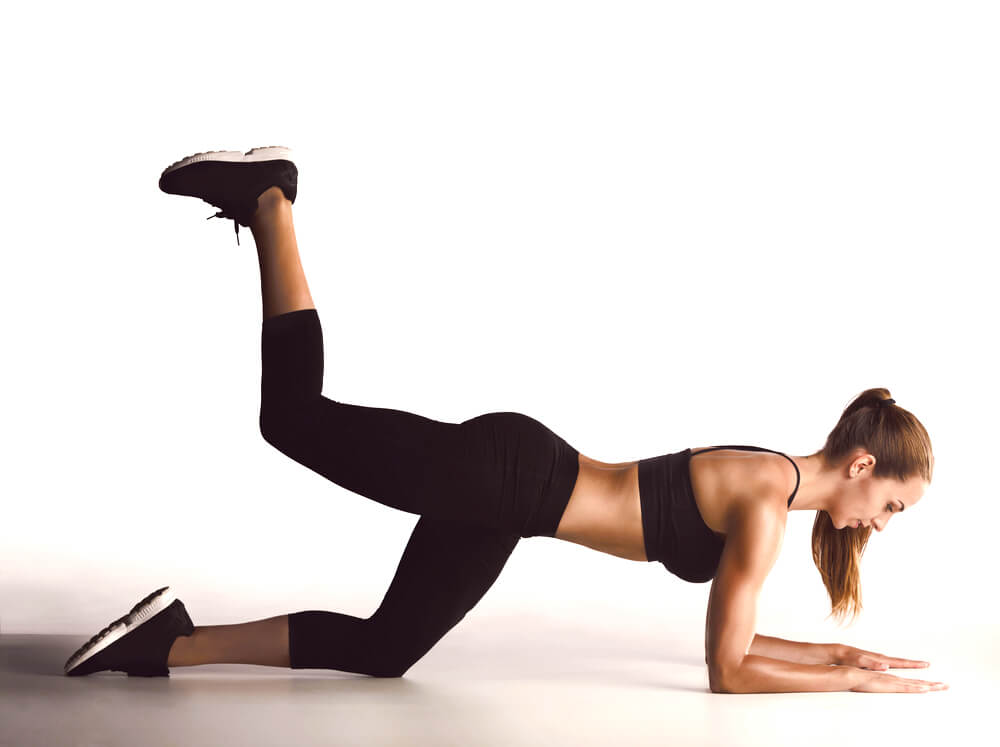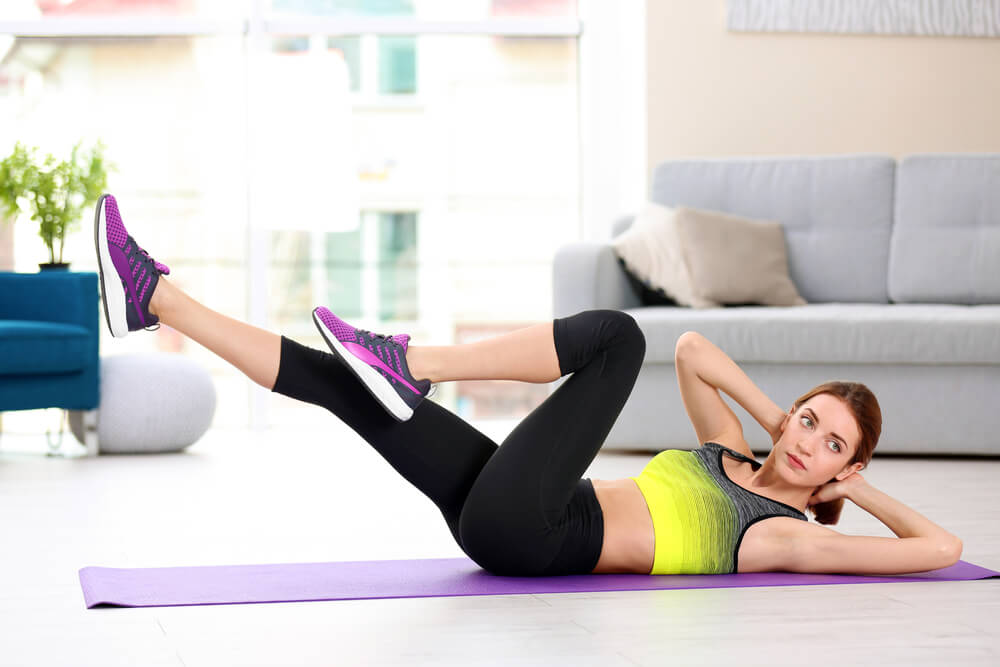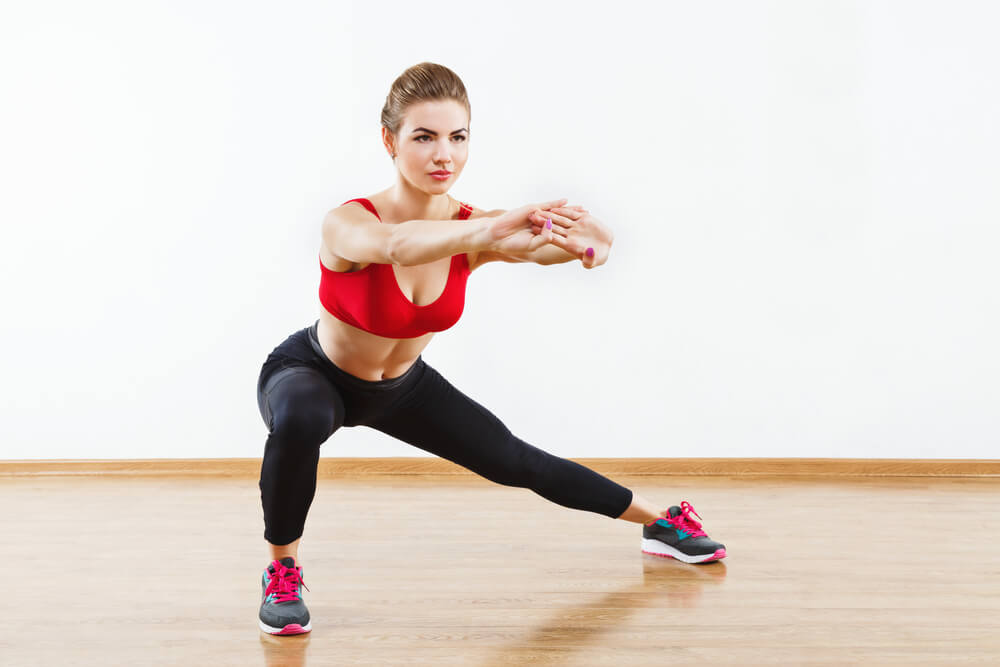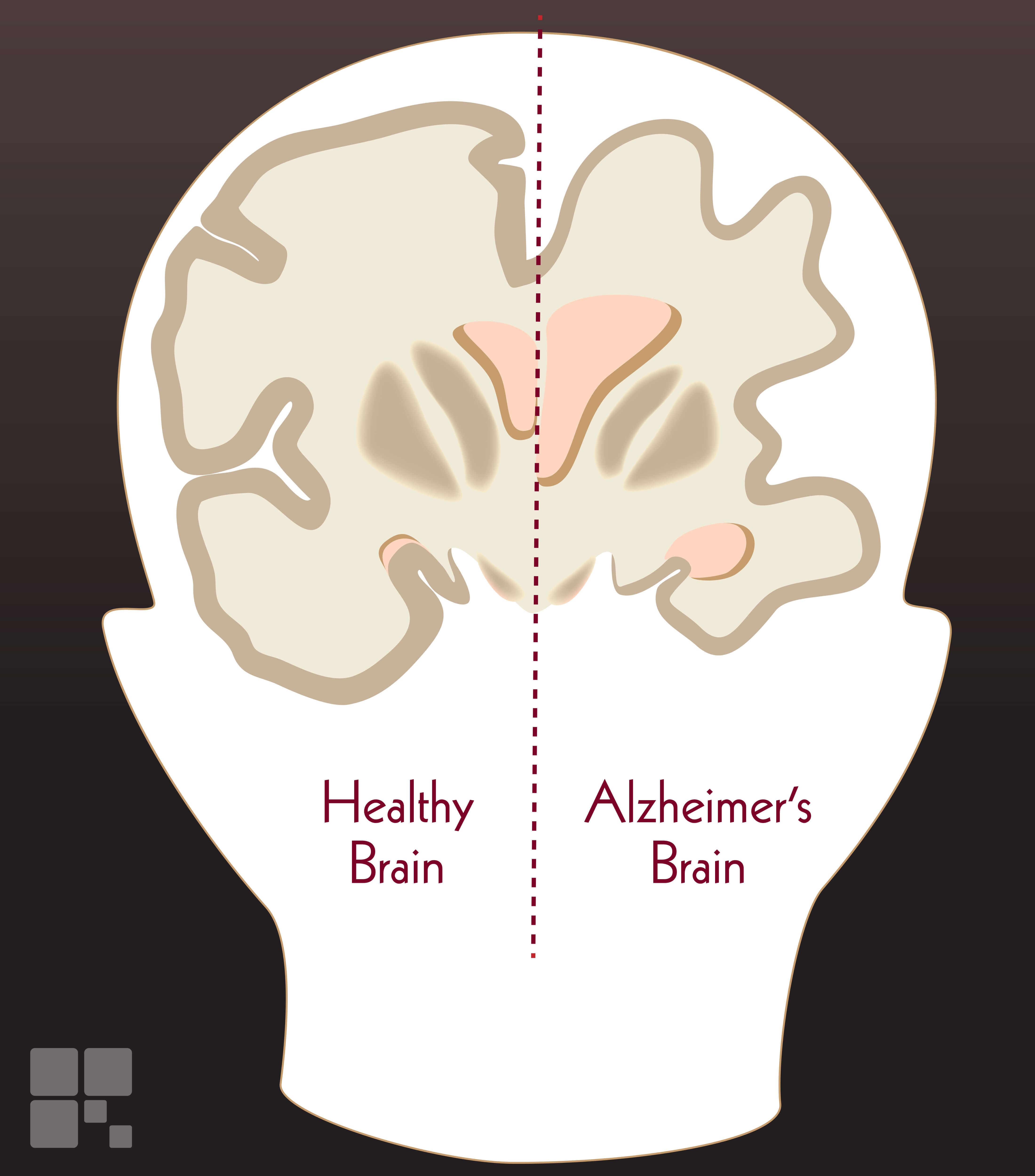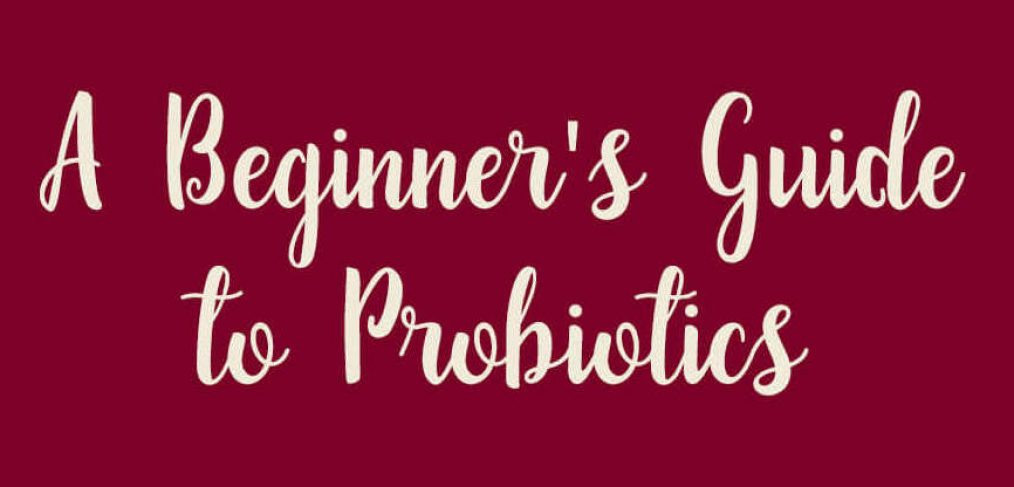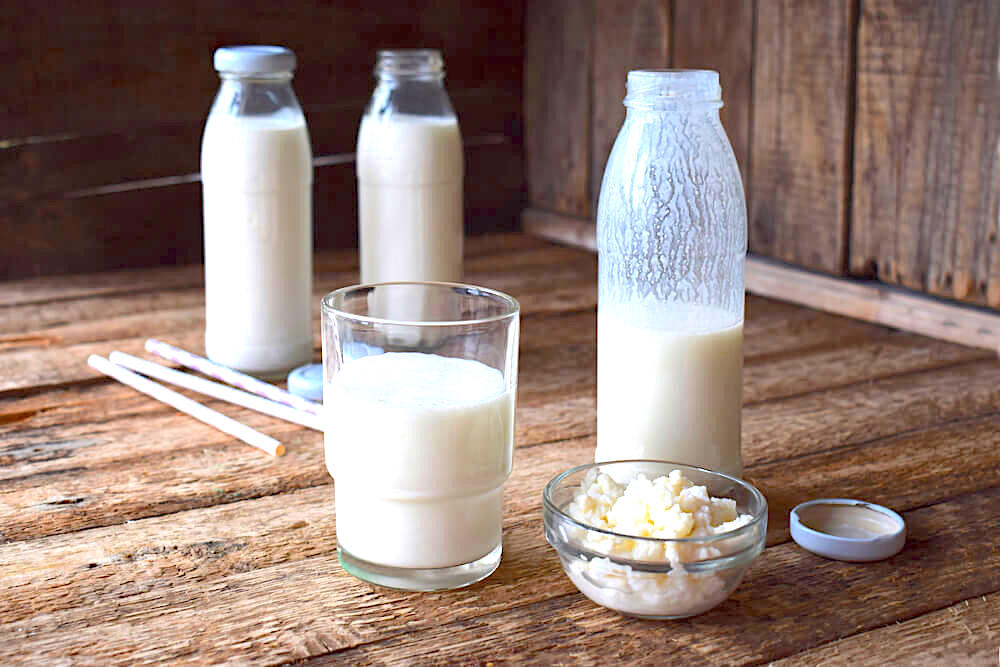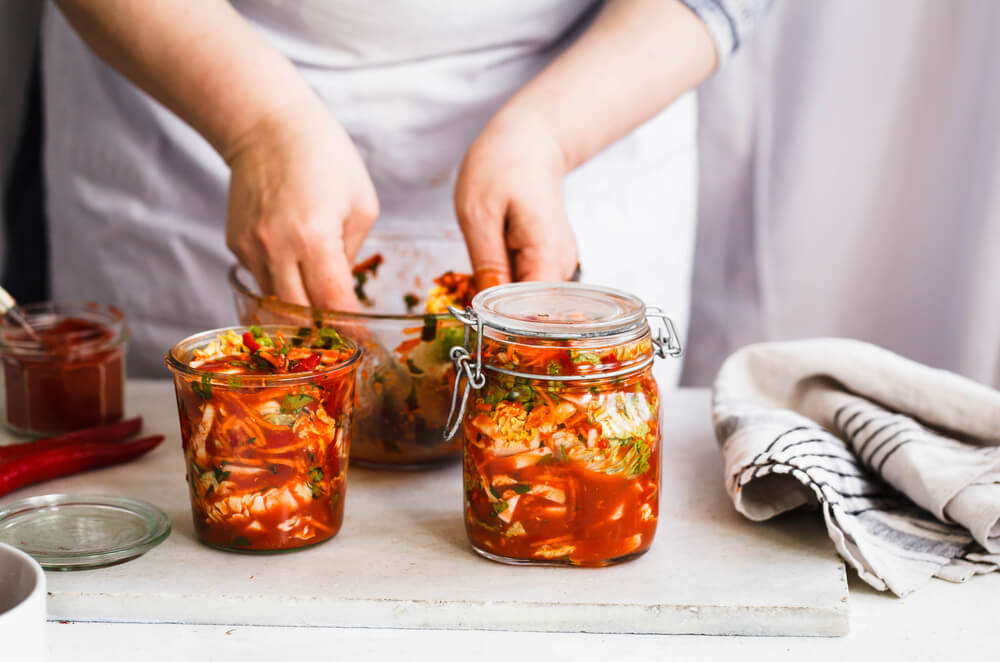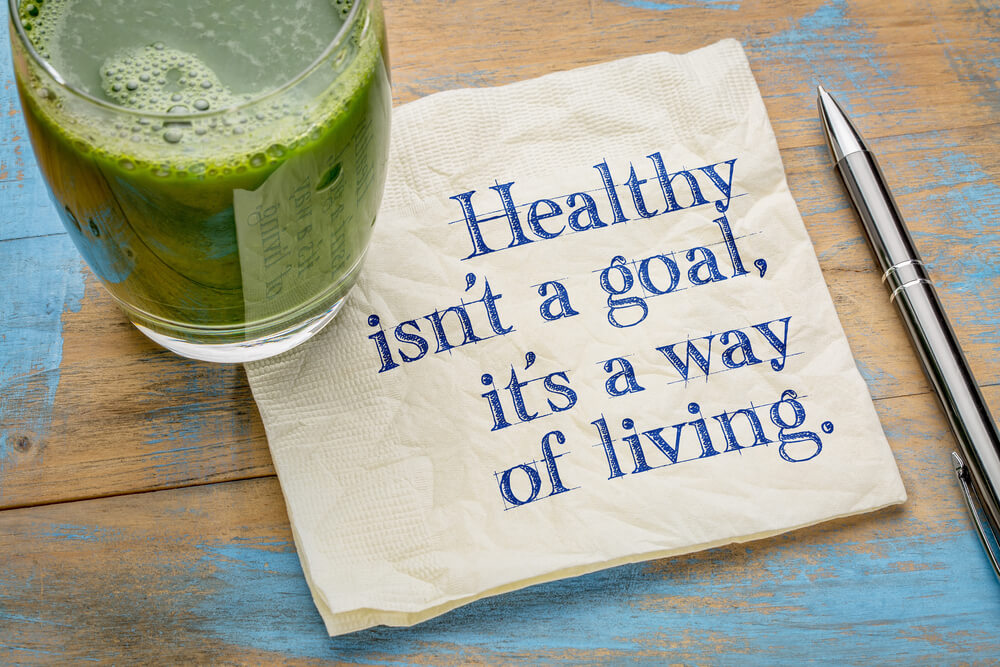The idea of aging is something that many do not react well to, but why is this?
Well, it could have something to do with the physical changes that take place, or even the mental ones.
But while this may be the case, aging is really not something that you need to be afraid of. Here are just a few of the reasons why…
Aging Doesn’t Mean You Must Have Poor Health
Many people think that pain, illness and disease are all things that go hand-in-hand with old age.
But this is not true…
Yes, there are certain diseases that become more common as you get older, but, for many of them, there are actually quite a few preventative steps that you can take.
One of these is by paying attention to nutrition.
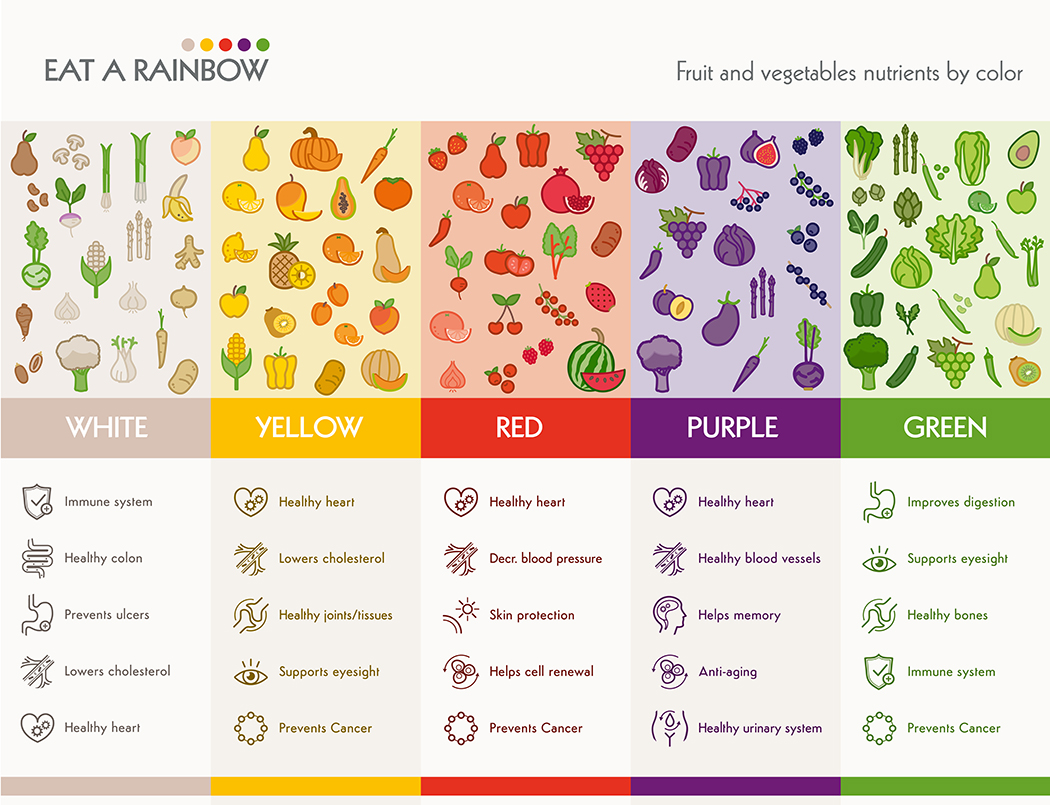
Malnutrition is becoming an increasing problem, especially amongst the elderly, and this can have a number of severe consequences:
- Weakened muscles and bones
- Higher susceptibility to diseases and infections
- Risk of becoming underweight
- Slower healing time
By ensuring that you are receiving all the nutrition that you need, you will be having a huge impact on your health in the future. A healthy diet now means that, as you age, you will not need to deal with the diseases and health issues that others face.
Aging Means You’ll Have More Time
Imagine having an extra hour or two in your day…
How would you spend it?
The idea of having this extra time may seem ludicrous to some, but this is exactly what you will have as you get older.
How?
Because older adults need less sleep.
In fact, this is a sign of healthy aging.
So, how much sleep will you need?
Well, up until the age of 30, you need between seven and eight hours. After this, you need between six and seven.
Of course, a lack of sleep can be damaging too.
How do you know if you are getting enough sleep?
Pay attention to how sleepy you feel during the day. If you are wide awake and alert, then this means that you have likely had enough sleep the night before. However, if you start to feel drowsy at some point during the day, then you may need an hour or two more each night.
Aging Makes You Happier
The concept of happiness has been at the center of so much research in recent years.
One interesting result is the fact that seniors, out of all of the different age groups out there, are among the happiest of them all. This is especially the case when compared to those who are middle-aged.
Wondering why this is?
Researchers believe that this could be down to better coping abilities. Since seniors have likely already been through quite a bit of hardship in their lives, they are much better able to deal with negative situations, and are also quite optimistic.
Aging Increases Marital Satisfaction
For those who are married, this may really interest you..
Many parents think that once the last of their children have moved out, a marriage will feel so much emptier.
But this is actually the opposite from the truth.
Research has shown that once all children have left home, there tends to be an increase in marital satisfaction.

Why?
Because often, couples find themselves drifting apart, or feeling disconnected, while going through all that it takes to raise children. However, once the children have left, couples are able to get back into touch with each other, rediscovering why they fell in love with each other in the first place.
Aging Allows You to Pursue Your Dreams
When you are in your teenage years, the passion to pursue your dreams is a strong one. However, as you continue on through life, this can often be dulled down. Many find themselves in jobs that they do not enjoy, spending years doing something that does not really satisfy them.
However, once retirement rolls around, this all changes…
How?
Well, retirement gives you so much more time, and this time can be spent pursuing some of those long lost dreams that you may have put on hold years ago.
Whether you wanted to travel to a foreign country to learn a new language, write your very first novel, or grow your own food, you will have so much time once you are retired to try all of these exciting things.
Ever wanted to start your own business?
Retirement is the time to do so. In fact, over the past ten years or so, the average age for an entrepreneur is between 55 and 64.
Aging Gives You More Family Time

In addition to spending your retirement time pursuing your dreams, you will also have so much more time to spend with your family and loved ones.
Being able to see your children and grandchildren grow up is something that so many look forward to, and this time of your life may even be one of the highlights of all of your years.
Aging Teaches You Emotional Management Skills
In your younger years, you may often experience moments where your emotions seem to simply overwhelm you, leaving you feeling confused and unsure of what to do.
Fortunately, these moments decrease as you age…
Managing your emotions is actually considered to be a life skill that takes decades to master. The result of this is emotional stability, as well as the ability pay more attention to the good, and less attention to the bad. This could be another reason as to why seniors have a happier outlook on life than younger generations.
Aging Can Boost Cognitive Function
There is no denying that aging commonly brings with it cognitive decline, but researchers are finding that, in some ways, cognitive function may actually improve with age.
There is still plenty more research to be done on the topic, but a study carried out by the University of Illinois examined the way in which older air traffic controllers carried out their job in comparison to younger generations of air traffic controllers.
Wondering what the results were?
Even though the older group was experiencing some short term memory loss, as well as a reduction in visual spatial processing, they still excelled at their jobs. When it came to navigating multiple aircrafts at the same time, and avoiding a collision, the older group was far superior.
Aging Teaches You Not to Judge Others
In your younger years, you may have often cast judgement upon others. Whether due to material goods they did or did not have, or something superficial, such as the way in which they looked, judgement is something that just about everybody is guilty of.
Judgement may not be a huge evil in the big scheme of things, but it does often lead to negative emotions within the person doing the judging, which is no good for your mental health.
However, this changes with age…
As you grow older, you will learn not to judge other people, and will instead naturally begin to accept them for who they are.
Aging Doesn’t Mean Isolation
One worry that many have about aging is that they may find themselves isolated from all that is out there.
However, the world is becoming increasingly age-friendly.

In fact, the World Health Organization has started an initiative, in conjunction with a number of cities around the world, to make the world more age-friendly.
What exactly does this mean?
Here are just a few of the ways in which cities are adapting to their elderly population:
- Age-friendly transportation
- New forms of education
- New care and housing concepts
- Age-friendly business workplaces and campuses
From Mumbai to New York, cities all over the world are embracing this initiative, determined to make the world a better place for those who are aging.
Aging Reveals Your True Identity
Many people spend their youth trying to discover who they really are, but very few find the answers…
Why is this?
Because discovering who you are is something that takes decades, and cannot be rushed in just a few years.
Each year, you will learn so many new things about yourself, whether this be related to your character, your beliefs or your abilities. You will learn both positive and negative things about yourself, and these discoveries will accumulate over the years, meaning that you will finally understand your inner nature in depth.
Aging Means You Have More Life Experience
The older you get, the more life experiences you accumulate.
Everybody goes through different things in their life, and these experiences make you who you are.
While you may sometimes face negative experiences, these are just as important as the positive, as you will come out of them having learned something, even if it may not feel like it at the time.
All of these life experiences also means that you become much more interesting to others. You can use your experiences to guide and advise others, changing peoples’ lives for the better.
Aging Doesn’t Mean Giving Up Driving
A few decades ago, growing older meant that you would soon have to stop driving, but this is no longer the case.
Technology has advanced in huge leaps and bounds, and all of these innovations mean that people will be able to continue to drive, in a safe manner, as they grow in age.

What are some of these innovations?
Everything from adaptive headlights, which pivot the light beam so that drivers can see better on curved roads, to assisted parking systems to rear cameras make driving so much easier.
Aging Doesn’t Mean Losing Your Independence
One of the aspects of aging that many fear is having to become completely dependent on others.
However, the chances of this happening are actually quite slim…
Let’s begin by taking a look at those between the ages of 65 and 74.
When it comes to everyday tasks, this age group barely differs from those who are middle-aged. This is especially true for those living in an age-friendly location, such as within easy walking distance of shops.
But yes, things do change slightly once you pass this age range…
However, unless you are suffering from a physical health problem, or a cognitive issue, you will still not need to be completely dependent on others. You may need some extra help from support services, but you will still be able to live in your own home and continue doing what you love.
Aging Gives You More Confidence
Along with age comes confidence.
Why?
Well, the answer has already been mentioned above, and this is down to all of the life experiences you will have acquired.
Each of these experiences will add to your sense of confidence, meaning that, as you reach the later stages of old age, you will have confidence in buckets! This confidence is something that really only does come with experience, but it can really change the lives of those who have suffered from a lack of confidence in their earlier years.
Aging is a Privilege
You may not think it now, but aging is actually quite a privilege.
Wondering how?
Think about everything that people face on a daily basis…
From crime to pollution to politics to stress, there are so many people that do not even get to see the age of 60.
No matter how old you may currently be, think about all that you have seen and experienced in your lifetime. Every day really is a gift, so put your fear of aging behind you and make the most of all that life has to offer.





